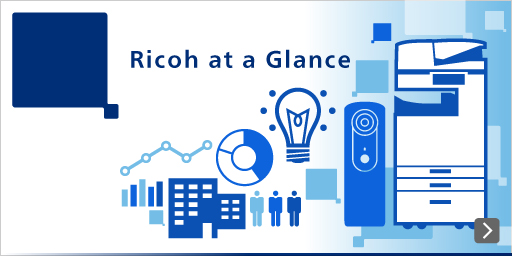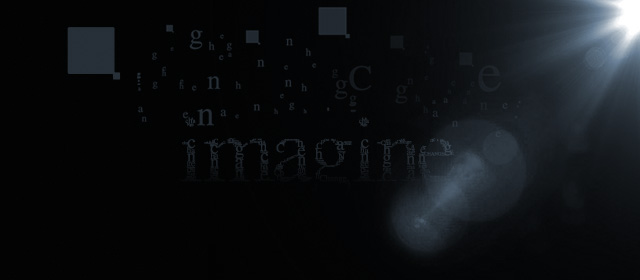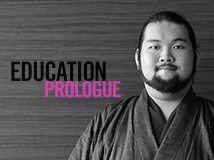EDUCATION
STORY 2/3
Like Water: KATSUIE SHIBATA
November 12, 2015
Education in 2036, imagined by sci-fi author Katsuie Shibata, is introduced in seven segments, four from a short story written exclusively for this site and three from an interview with him. This is the second part of the story. A liquid-state computer based on water is the infrastructure for a futuristic society. Even in an era where information flows like water and culture is formed, daily life for teacher and student remains the same.
Education infrastructure
Liquid-state computers. They have made it possible for virtually anywhere in society to be a place of education. My job at the Water Department involves working on that infrastructure.
I remember the day I was doing routine maintenance work on a water basin used for ads. The pop-up hologram projected from the water supply was constantly adjusting itself in response to my communicator device, with everything recorded onto the molecular transistors dissolved in the water. If you hold your hand over it, the ad’s details are sent right to your device.
The water holds massive amounts of memory and transmits optical information streams within the conduits throughout the entire country. The network infrastructure that was once handled by telephone lines is no more. The system is run by the waterworks now.
Japan, with its plentiful water resources, is especially set up for it. Simply twist the tap and fill the washbasin or tap into a public basin or fountain. As long as there's an access point, one can walk up with a communicator device for connectivity. Your personal ID settings in the device are instantly recognized. It can be both an external memory and interactive information terminal. Or, if you consume a liquid-state computer as drinking water, you can record and monitor your internal health.
People and information move with the flow of water, and culture develops alongside it. It's similar to how ancient civilizations arose along river routes. Where there is water, there are people. The simplest state of civilization is now resurrected.
From the other side of a mirror
I worked as an instructor of calligraphy every Thursday starting at three o’clock. When the hour came around, I sat in front of a camera and simply enacted the fully optimized curriculum.
The physical location was irrelevant. Students were present in virtual reality, so I directed my voice toward their avatars. There was no sense of touch or feel, so at times it felt as if I were teaching a class of dolls. But some students reacted in real time, and some would request individual help afterward. Those subtleties were not so different from the teaching of yesteryear, and I was able to receive helpful advice from older faculty, namely my grandfather.
It was time. I set up camp in the corner of a cafe, accessed connectivity for my headset equipment through a nearby water basin, and started class. The hologram created a virtual reality as my image, and several other avatars appeared above the basin.
Three students were there so far. For a novice like me, that was more than enough.
One of them appeared to be an exchange student who had taken an interest in Japanese calligraphy. Then there was a high school girl and an elementary school boy. Each was at different academic levels, but there seemed to be no problems with the matching choices made by their educational planners.
"First off, kanji characters are my specialty, so I would like to teach all of you the proper way to write them," I said. My voice was picked up by the microphone and sent in real time to the three students at the opposite end of the water. Or perhaps everyone was just letting the class stream and would respond at some later time.
"Sensei," one of the students called out. It was the high school girl. I was happy to have someone reach out in real time. "Is there really any reason to write characters by hand nowadays?"
Good question. I, too, rarely needed to write anything by hand anymore. Even if we did pick up a stylus, the predictive intelligence of the liquid-state computer dissolved in the ink could assess the context and automatically fill in the remainder of the sentence for us. But even then, it only had pre-existing fonts.
Which is what I had to explain to convince the student.
"At heart, wisdom isn't encapsulated in words," I said.
This statement provoked an outbreak of question marks from the three students.
"The point is," I explained, "some things cannot be conveyed by just letters and words. You have to actually experience them to understand them. You cannot simply entrust everything to optimized suggestion engines like liquid-state computers and automated writing," I said.
I continued, "If you write things yourself, I expect it will lead to making choices for yourself as well."
I was just quoting my grandfather, but the explanation seemed to win over the students. The Russian student in particular appeared to be in agreement.
The high school girl interjected, "But what we're going to study are just letters, aren’t they?" She was not going to let me off so easily, and in the moment I was at a loss for how to answer.



















